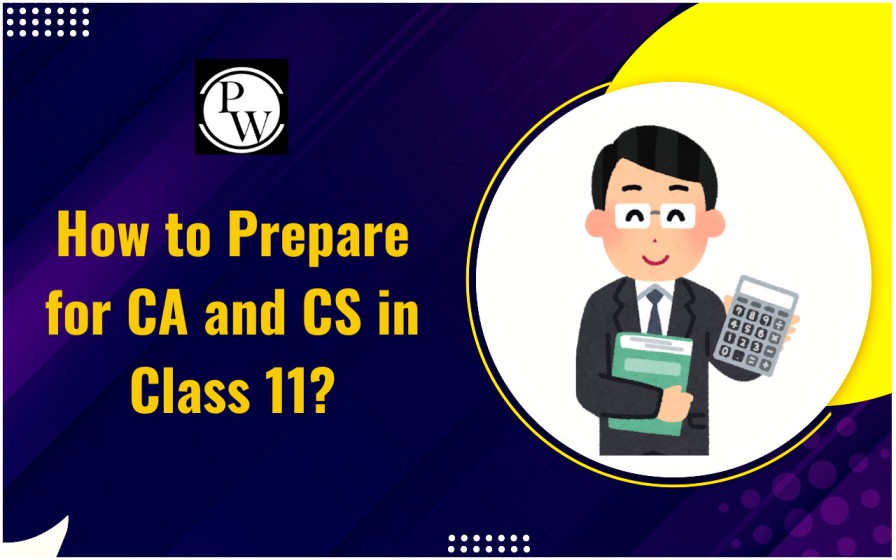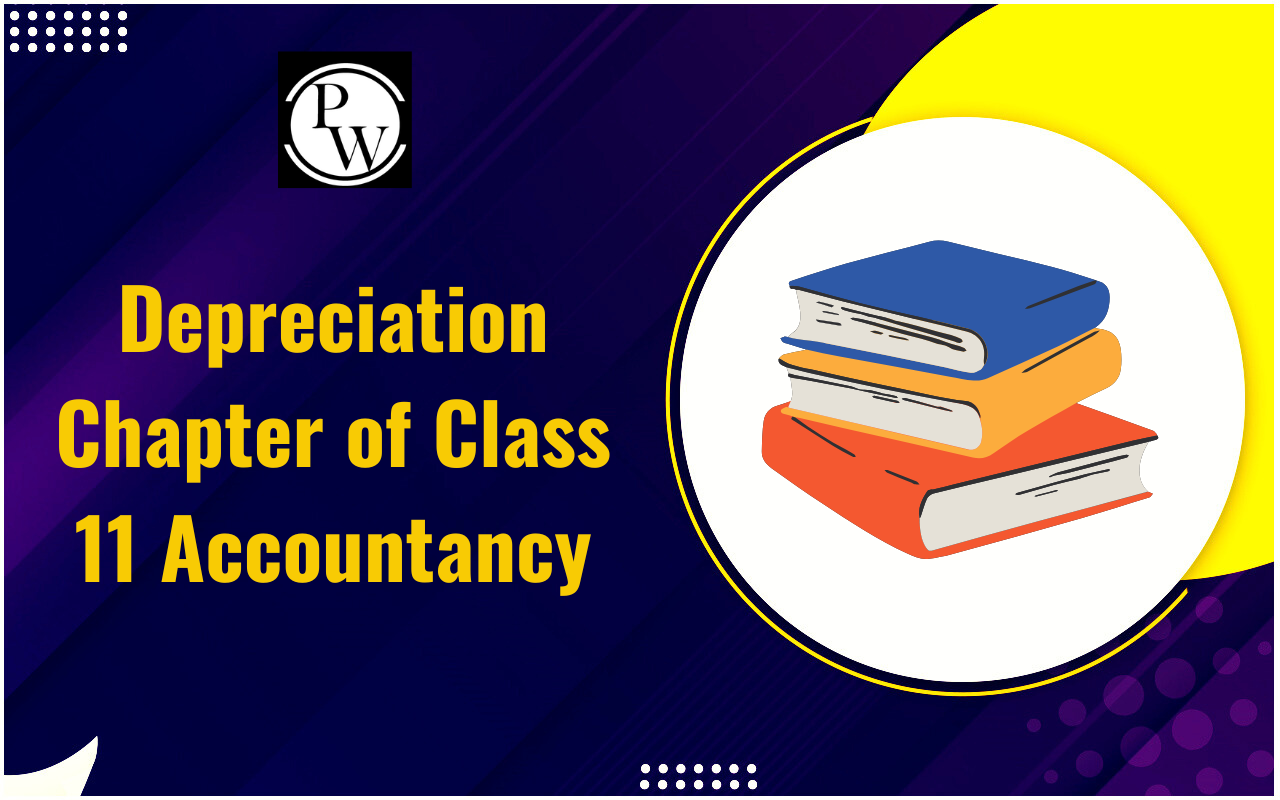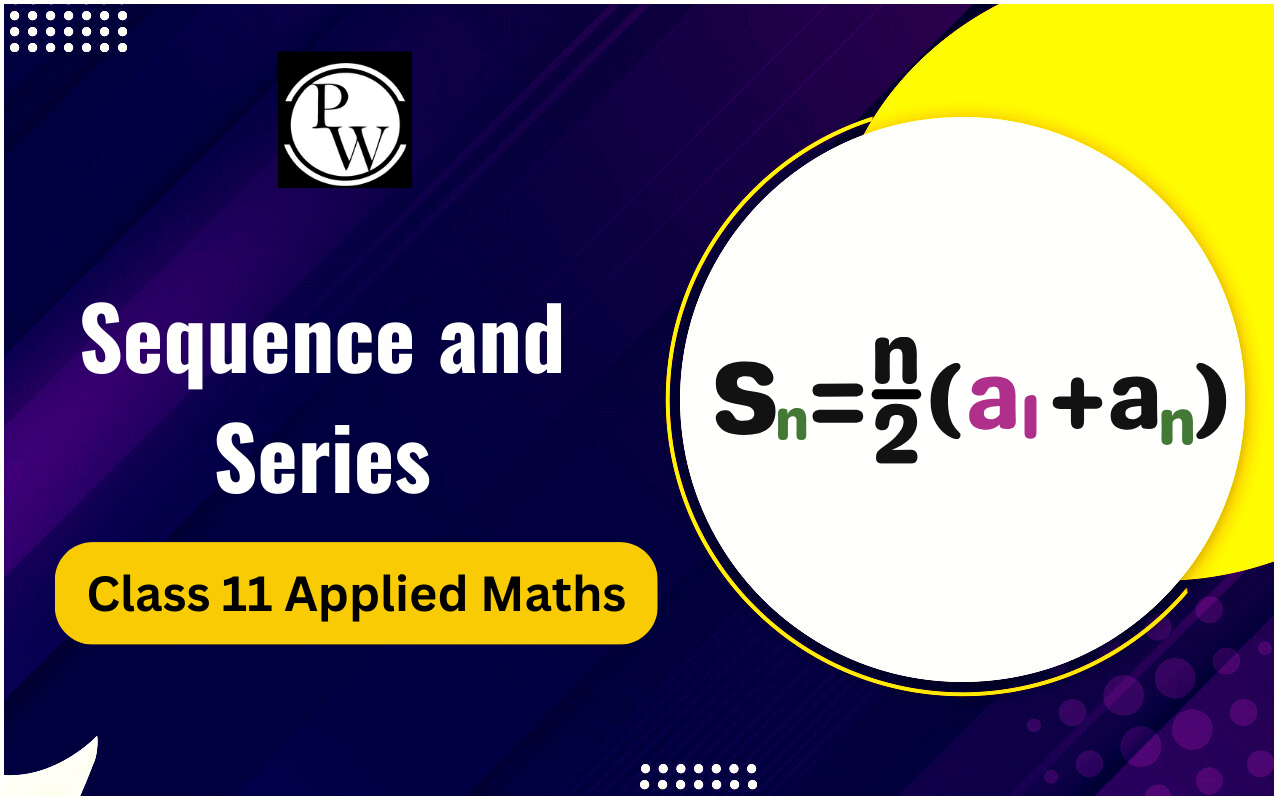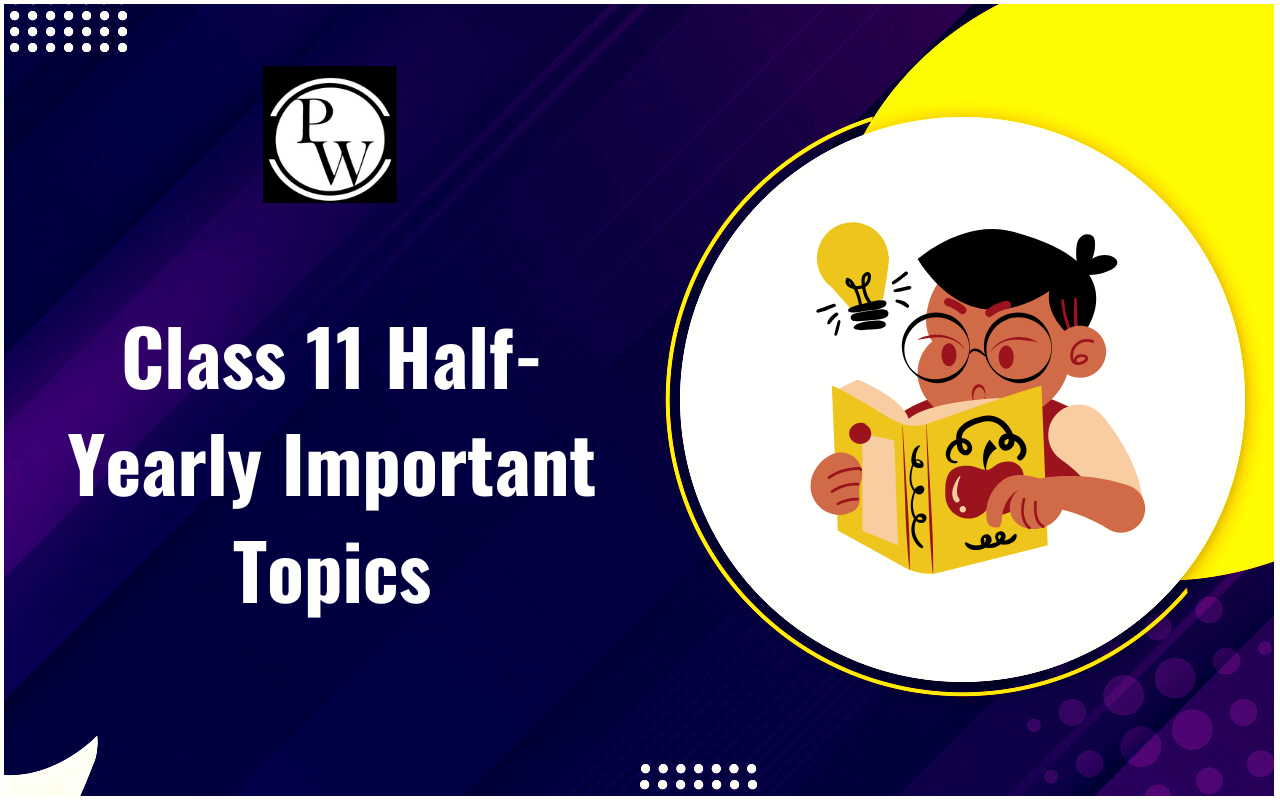

Tenses Class 11 English: English grammar forms the base of clear communication, and among all grammar concepts, tenses hold a central place. Without the correct use of tenses, sentences sound incomplete and confusing. For students of Class 11, learning tenses is not just important for exams but also for everyday writing and speaking.
Below, we’ve explained Tenses Class 11 English in a simple and clear way. We will start with the meaning of tenses, then move to a tenses chart in English with examples, and later give a detailed explanation of each tense. We will also cover common mistakes students make and provide useful tips to master this topic.
What are Tenses?
Tenses are verb forms that show the time of an action. They tell us whether something happened in the past, is happening in the present, or will happen in the future. In short, tenses link action with time.
There are three main types of tenses:
-
Past Tense
-
Present Tense
-
Future Tense
Each of these has four sub-types:
- Simple
- Continuous
- Perfect
- Perfect Continuous
This makes a total of twelve tense forms in English. Learning these twelve tense forms is important for Tenses Class 11 English because it lays the foundation for grammatical accuracy.
Tenses Chart in English with Example
To make learning easier, below, we’ve mentioned a Class 11 English Tenses Chart that shows the structure and examples of all 12 tenses:
| Tenses Chart in English with Example | ||
| Tense | Structure | Example Sentence |
| Present Simple | Subject + V1(s/es) + Object | She writes a letter. |
| Present Continuous | Subject + is/are/am + V1 + ing + Object | They are playing cricket. |
| Present Perfect | Subject + has/have + V3 + Object | He has finished his homework. |
| Present Perfect Continuous | Subject + has/have been + V1 + ing + Object + since/for + time | She has been studying since morning. |
| Past Simple | Subject + V2 + Object | They watched a movie. |
| Past Continuous | Subject + was/were + V1 + ing + Object | I was reading a book. |
| Past Perfect | Subject + had + V3 + Object | She had completed the project before the deadline. |
| Past Perfect Continuous | Subject + had been + V1 + ing + Object + since/for + time | He had been working for two hours before lunch. |
| Future Simple | Subject + will/shall + V1 + Object | We will travel tomorrow. |
| Future Continuous | Subject + will/shall + be + V1 + ing + Object | She will be cooking dinner at 8 PM. |
| Future Perfect | Subject + will/shall + have + V3 + Object | They will have reached by evening. |
| Future Perfect Continuous | Subject + will/shall + have been + V1 + ing + Object + since/for + time | He will have been studying for three hours by 10 PM. |
Common Mistakes in Tenses Class 11 English
Students often face problems while writing tenses. Below, we’ve mentioned common errors along with their correct forms:
| Common Mistakes in Tenses | |||
| Mistake Type | Incorrect Example | Correct Example | Explanation |
| Wrong subject-verb agreement | He go to school daily. | He goes to school daily. | The subject “He” is singular, so the verb must also be singular with “-s.” |
| Wrong use of helping verbs | I am went to the market. | I went to the market. | The verb “went” is already past form, so no helping verb is needed. |
| Confusion between “since” and “for” | I have been studying for morning. | I have been studying since morning. | “Since” is used for a point of time, while “for” is used for a period. |
| Mixing past and present | She was goes to college. | She went to college. | Past tense should be used consistently without adding present forms. |
Tips to Master Tenses Class 11 English
Students can master tenses with practice and the right approach. Below, we’ve mentioned tips that will help students:
Learn verb forms (V1, V2, V3): These are the basis of all tenses. Example: write, wrote, written.
Use the tenses chart in English with examples: The chart helps in quick revision before exams.
Practice with class 11 English tenses exercise: Regular practice improves speed and accuracy.
Understand the role of helping verbs: Words like is, am, are, was, were, have, has, had, will, shall must be used correctly.
Frame your own sentences: Try writing small sentences in all twelve tenses daily.
Revise regularly: Revision keeps the rules fresh in memory. The Class 11 English tenses chart can be a daily tool.
Avoid translation from Hindi to English directly: Focus on tense rules instead.
Check the answers: After writing, re-check tense forms and verbs.
Tenses are the backbone of English grammar. They help us connect action with time and form correct sentences. For students of Pace Commerce, learning Tenses Class 11 English is very important as it improves both exam performance and communication skills.
The tenses chart in English with examples and the Class 11 English tenses chart given above are helpful tools for revision. Along with this, practicing with the class 11 English tenses exercise will make the topic easy and error-free.
Tenses Class 11 English FAQs
What are tenses in English grammar?
How many types of tenses are there in English?
Why are tenses important for Class 11 students?
How can I avoid common mistakes in tenses?












